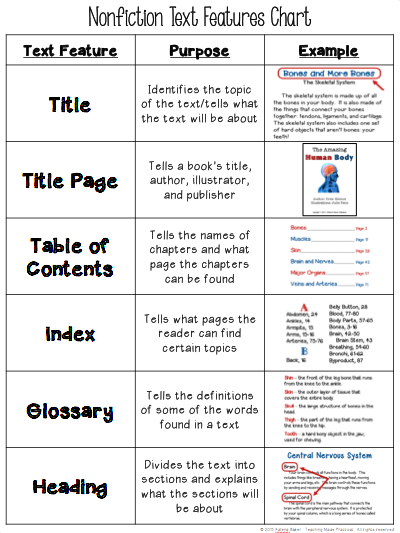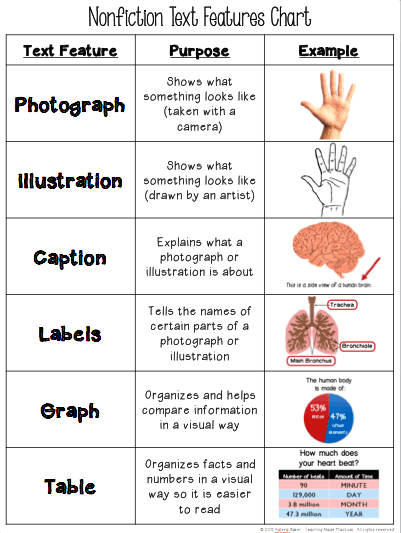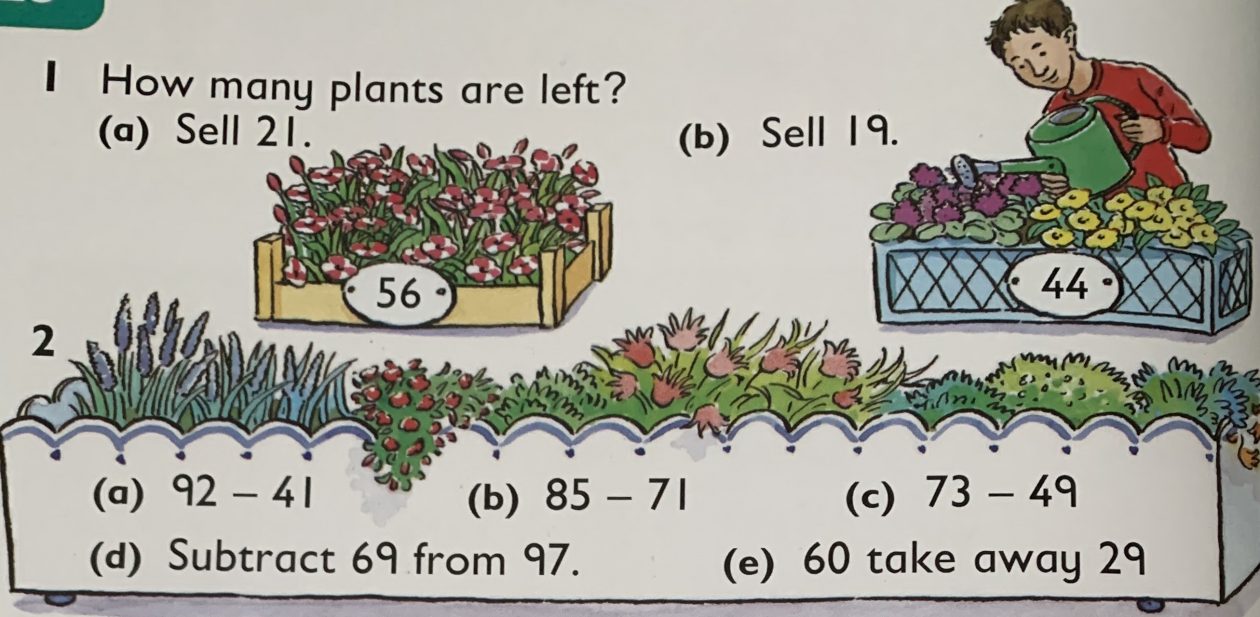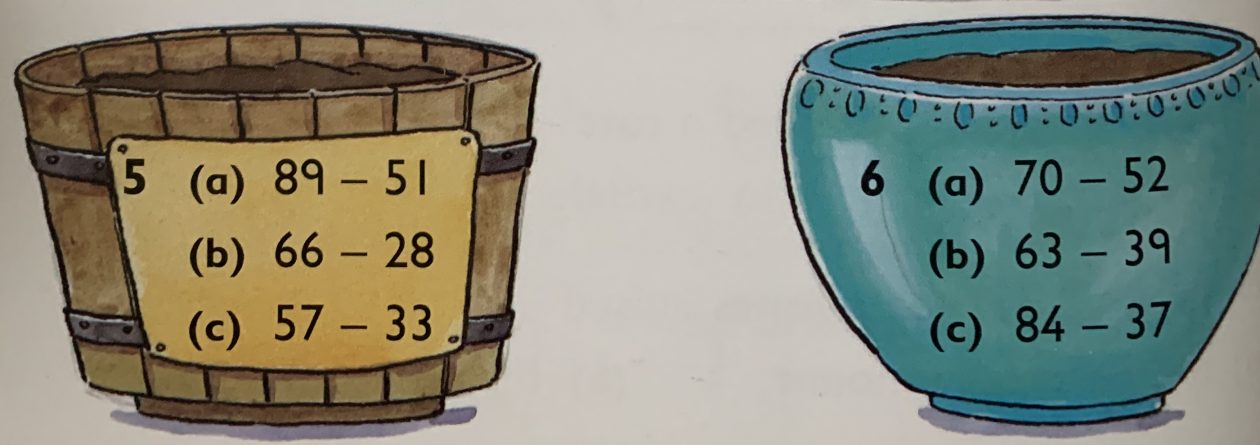Good morning Primary 5! I trust that you are all well. Have you made your bed and brushed your teeth? Great! Then we’ll get into today’s activities! ✅
Literacy:
As always, on Wednesdays we practise our comprehension skills! 🔎
Wednesday 13th May
Comprehension
I can explore the features of a non-fiction text.
Warm Up:
Fiction and non-fiction
Fiction is made up, you need to use your imagination when you are writing it. Types of fiction include plays, stories and poems.
There are many different types of non-fiction writing, such as newspapers, adverts, brochures, reference books and biographies. A non-fiction book is about facts . You can’t just make it up.
Watch the information clip to get us started: https://www.bbc.co.uk/bitesize/topics/z2yycdm/articles/zty8xfr
Non-fiction texts have different features from fiction texts such as sub-headings, graphs and glossaries. Read the purpose of the different features.
Main Task:
Read the following information piece about Argentina.
The last few weeks under each of your questions I have given you the start of the answer to remind you all to write in quanswers. However, I know that you don’t really need me to do this for you! This week you must create your own answer starter, using the words in the question.
Understanding Questions
- Where is Argentina?
- What is the name of the mountain range in Argentina?
- Which part of the country is very cold? Why?
- What is the capital city? Hint: Look for a caption.
Language Questions
Non-fiction texts often have glossaries to help the reader with words that they do not recognise. Create your own glossary for the text by matching up the words to the correct definition.
| coastline | looking the same in every part, usually in a way that most people consider to be boring. |
| featureless | a product or service sold abroad. |
| arid | very dry and without enough rain for plants. |
| exports | the boundary between the land and the ocean or a lake. |
Information Questions
- How has the writer organised the information?
- As well as using words, what else has the writer included to give the reader information? How are these useful?
- Who do you think would be interested in reading this information text?
- Is there anything else about Argentina that you would like to know that wasn’t included in the text? Write a list of 3 questions that you would like to know.
Extension:
Learn more about the country of Argentina by watching this short information clip: https://www.youtube.com/watch?v=YzX_-RSk2io
Maths
Warm Up: Mental Maths
- Make 2,489 10 times bigger.
- Use the > or < symbol to compare these two numbers: 27,671 ___ 27672
- Write the next even number after 1,468
- What is the difference between 188 and 213?
- Round 9,615 to the nearest 10.
- Write ninety-three thousand, four hundred and two In digits.
- If I spend £3.12 how much change will I get from £10?
- 1,084 + 713
- Double 98.
- What is the next multiple of 6 after 48?
- What is 135 less than 1,788?
- If I have a £5 note, a £2, three £1 coins, a 50p, a 20p and a 5p how much do I have in total?
- The time is 09:30. What will be the time in an hour and a quarter?
- What comes next? 23,456 23,457 23,458 23,459
- What is 63 divided by 7?
- The date is the 13th of May. What will be the date next Monday?
Main Task: Mental Subtraction
13.05.20 Subtraction
I can use a variety of mental strategies to help me with subtraction problems.
Similar to yesterday, today we will be looking at the mental strategy of compensation.
Activity 1:
Remember when subtracting a number ending in a 1 (such as 21) it is often easier to subtract 20 then subtract a further 1.
When subtracting a number ending in 9 (such as 49) it is easier to subtract 50 then add 1 back on to your answer.
Calculate the answers to the following questions:
Activity 2:
When subtracting a number ending in 2 (such as 32) subtract 30 then subtract 2.
When subtracting a number ending in 8 (such as 18) subtract 20 then add 2.
Activity 3:
Activity 4: 🌶
- 420 – 59
- 820 – 32
- 606 – 78
- 555 – 91
- 350 – 81
- 214 – 39
- 730 – _____ = 679
- 300 – _____ = 251
- 435 – _____ = 384
Traffic Light today’s work and leave a comment to say how you found subtracting 2-digit near multiples of 10 today. 🚦
Extension:
Choose one of the Topmarks games to practise your subtraction skills or head over to Sumdog to work on your mental maths speed and accuracy!
https://www.topmarks.co.uk/maths-games/7-11-years/addition-and-subtraction
Did you see that Mr Green posted an online Rights Assembly this morning? It is on the main blog and it is all about article 7 – the right to birth registration, name, nationality and care.
If you missed it go and have a read of the post and have a go at the identity hand activity:
Draw an identity hand!
Draw around one of your hands, write your full name in the thumb area, in the next finger, write your date of your birth, put the country you call home in the next finger. Then in the last two fingers, write the names of two adults who are important for you, like you parents, carers or grandparents.
Draw the flag of your nationality on the palm. Finish your picture with your favourite colours or designs.
Have a great Wednesday!
Miss Donaldson ☀️










